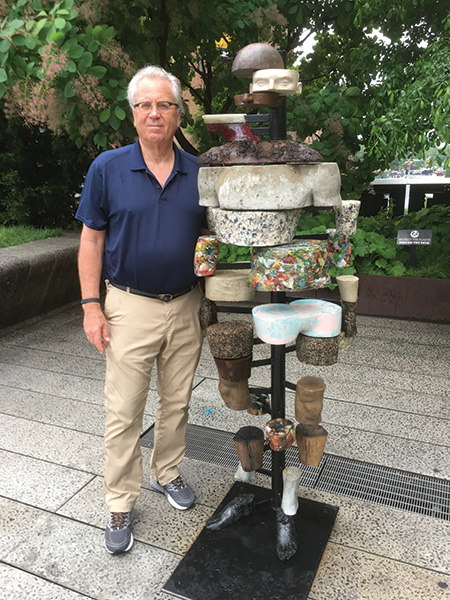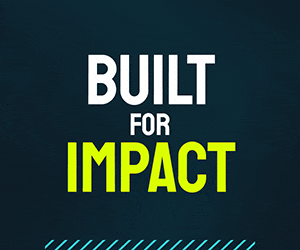Elbert: K.C.’s vision for D.M.

“This is what Des Moines needs,” said a familiar voice in an unfamiliar place.
I was in New York City walking the High Line — Manhattan’s elevated, linear park — when my old friend K.C., or what I thought was K.C., suddenly appeared in a shaded corner near the park’s 23rd Street exit.
In all the years I’ve known K.C., rarely have I seen him anywhere that wasn’t within a block of Des Moines’ Grand Avenue. It’s where he hangs out and gets his inspiration, or whatever it is that drives him.
Now, here he was, big as life, or at least parts of him, in New York.
“That downtown water stuff they want to do in Des Moines is a waste of time and money,” K.C. said in a dismissive tone. “It’s elitist and will never accomplish what they want.”
“What’s wrong with turning the Des Moines River into a giant park where people can kayak and wind surf, or whatever they call river surfing?” I asked. “What’s wrong with having a zip line and a skateboard park and restaurants and all the other stuff they want to do along the riverfront?”
“Nothing, except that’s all stuff you can do at a lot of other places, even in Iowa,” K.C. replied. “Well, maybe not river surfing, but you can kayak and canoe and fish and play in the water.
“The bottom line is it will cost a lot of money to create a playground for a handful of Gen Xer wannabes,” he said.
“I suppose you have a better idea,” I said, giving K.C. my look of discernment.
“As a matter of fact, I do,” he answered. “Look around you.”
“You mean this,” I replied, gesturing to the 1.45-mile High Line Park that was built on an abandoned 19th-century elevated railroad that runs parallel to the Hudson River on Manhattan’s west side.
“Not exactly,” he said. “But look what they did. They took an abandoned rail line that wasn’t doing anybody any good and turned it into one of the coolest parks in the world.”
“Sure,” I said. “But this is Manhattan. New York City has 8 million people, which creates a heck of a lot more tourists than we have in Des Moines, or even Iowa.”
“That’s not the point,” he said. “The point is they found a creative way to reuse space and make it attractive in a way that is consistent with the history and culture of the area. “Last time I checked,” he added, “there was no history of people surfing and kayaking through rapids on the Des Moines River.”
“So what’s your better plan?” I asked.
“It’s not my plan,” he said. “I think your friend Mario Gandelsonas is the one who came up with the idea of building greenhouses across the southern edge of downtown to grow local produce for restaurants and grocery stores.
“Des Moines needs something to tie it more closely with Iowa’s agricultural roots. Greenhouses would put Des Moines on the cutting edge of the local foods movement,” K.C. said.
“Iowa has some of the best farmland in the world,” he continued, “but we’ve fallen way behind. We concentrate on commodity agriculture and ignore the good stuff, the fruits and vegetables and nuts that keep us healthy. We ship our food thousands of miles, when we could be growing and eating it right here.
“We’ve got our toe in the water with companies like Kemin and Embria and Proliant that make human health supplements.
“Why not wade in a little farther with greenhouses that could be tied together to create a unique urban trail, like this one,” K.C. said as he stepped onto the High Line’s 23d Street elevator.







